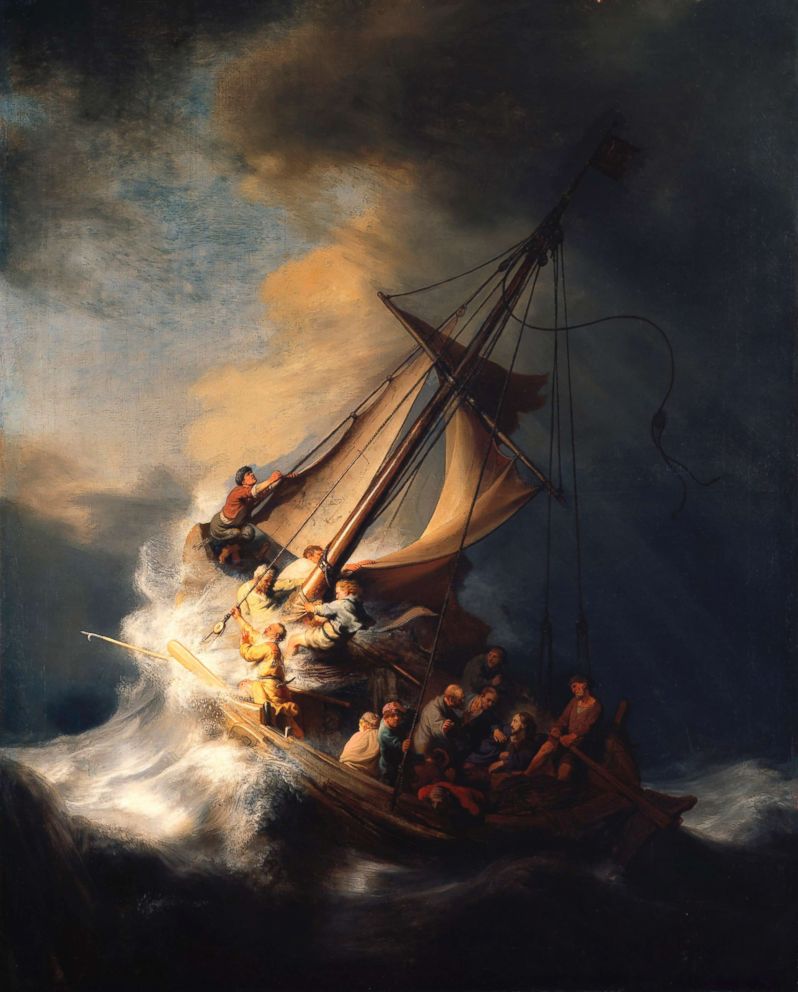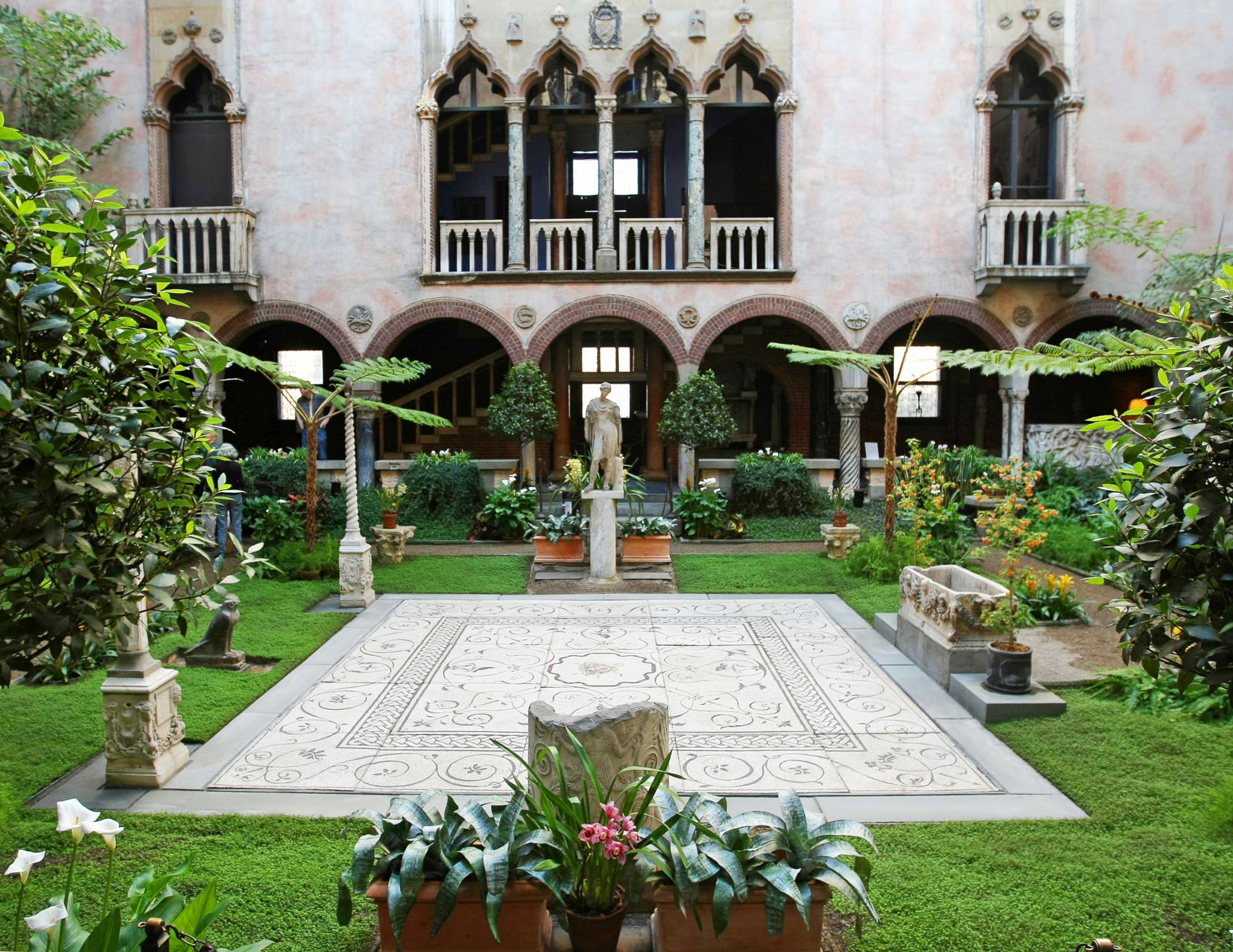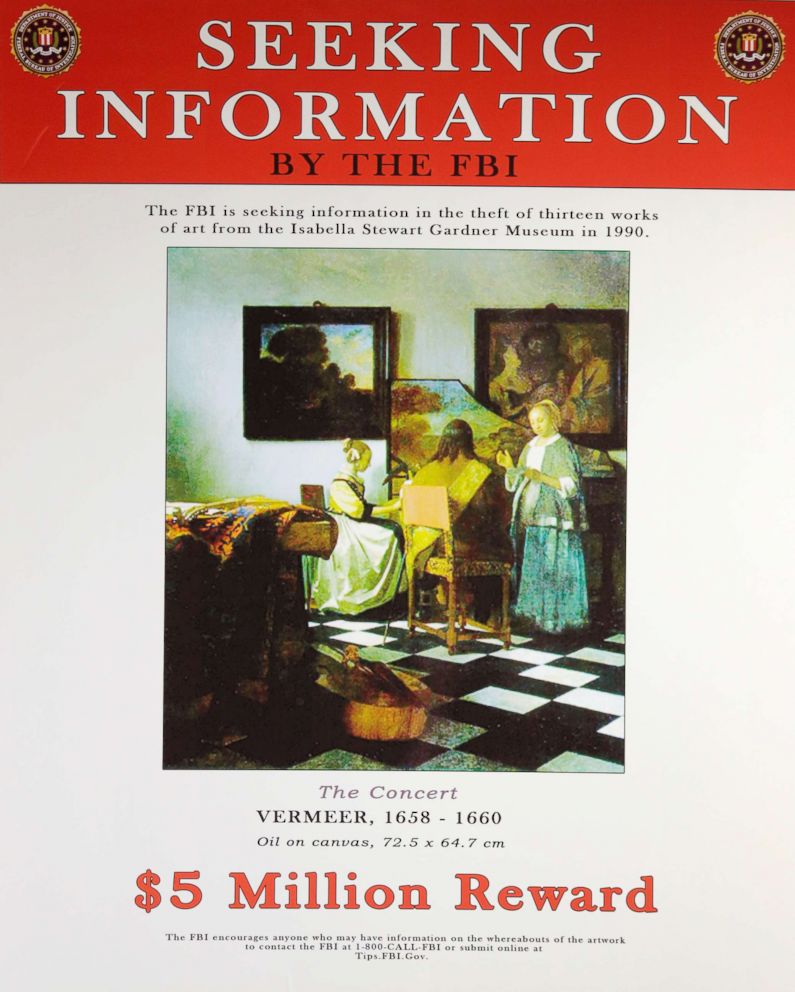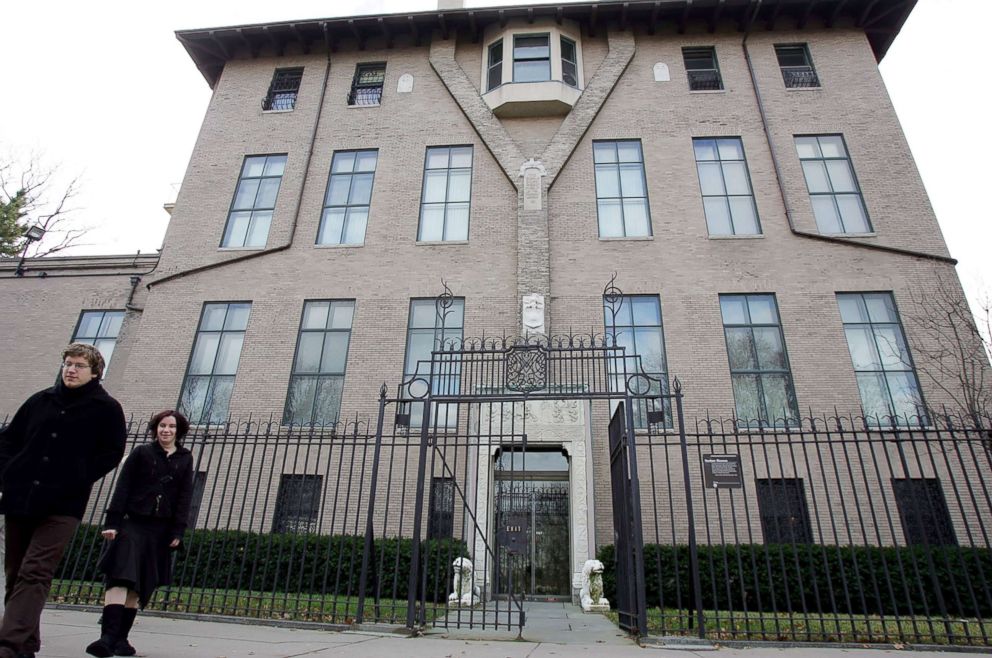$10M reward for tip in 1990 art heist set to expire at midnight on New Year's
The Isabella Stewart Gardner Museum heist happened in 1990.
— -- When most people are ringing in the new year, a museum security official will be waiting for his phone to ring.
At midnight, the $10 million reward for information leading to the recovery of 13 pieces of art that were stolen from The Isabella Stewart Gardner Museum in 1990 will expire, but the museum’s director of security Anthony Amore is hoping a tipster will make his year.

The search for the 13 masterpieces, which include paintings by Rembrandt and Manet among others, has spanned three decades, dating back to March 1990, when two suspects dressed up as Boston police officers gained access to the museum, tied up two security guards there and methodically stole the various pieces of art, cutting the painting out of their frames. The empty frames remain on the walls of the museum to this day.
Museum officials will not release individual valuations for the works of art, but estimate that all told, the 13 stolen pieces are worth more than $500 million.

The privately funded reward, provided by the museum and its board, had been set at $5 million for years but was doubled in May in the hopes of drawing out any possibly reluctant tipsters.
“Much of the strategy was to create a sense of urgency. We want our paintings back. Twenty-seven years later, we want them back now,” Kathy Sharpless, the museum’s director of communications, told ABC News.

The bigger reward did generate some new interest, Amore said.
“We received a number of good leads, good calls from concerned citizens and lots of theories from people as well, but as you can imagine we're not interested in theories. We're just interested in facts that lead us to a recovery,” Amore said.

He stressed that the focus is “the pursuit of the paintings,” as opposed to the suspects -- especially since the identities of those involved are not believed to be a mystery to law enforcement.
The FBI announced that it had identified the original thieves back in 2013, but did not release their names. Kristen Setera, a spokesperson for the FBI's Boston division, confirmed to ABC News that two suspects are deceased.

In 2013, an FBI official said that the thieves were “members of a criminal organization with a base in the mid-Atlantic states and New England,” but noted that naming the suspects would be “imprudent” since the investigation was ongoing.
"The investigation has had many twists and turns, promising leads and dead ends," Setera said in a statement Tuesday. "It has included thousands of interviews and incalculable hours of effort. The FBI has dedicated a significant amount of resources to the case, as it remains the largest property crime in U.S. history. The investigation has led to Europe and Asia. There is no part of the world the FBI has not scoured following up on credible leads."

Amore was tight-lipped when asked about the specific details of some of the tips they have received. He has worked for the museum for 12 years, and during that time, he said that one of the biggest breaks came in 2009 when “we received a call from an individual who provided information [that] confirmed our suspicions and led us down a path which I believe has led us closer to the recovery of the paintings, but still not obviously successful.”
The direction of that path? He wouldn’t say. But the FBI has given some clues. In 2013, when the agency announced that it had identified the suspects, then-Special Agent in Charge Richard DesLauriers said, “The FBI believes with a high degree of confidence in the years after the theft, the art was transported to Connecticut and the Philadelphia region, and some of the art was taken to Philadelphia, where it was offered for sale by those responsible for the theft.”
Another potential sale was reportedly attempted around 2003, DesLauriers said in 2013, but the current whereabouts of the paintings remain a mystery.
For his part, it's less than a week until the new year, Amore remains optimistic about the prospects of the increased reward drawing in new, key information.
“It only takes one good lead,” he said.




